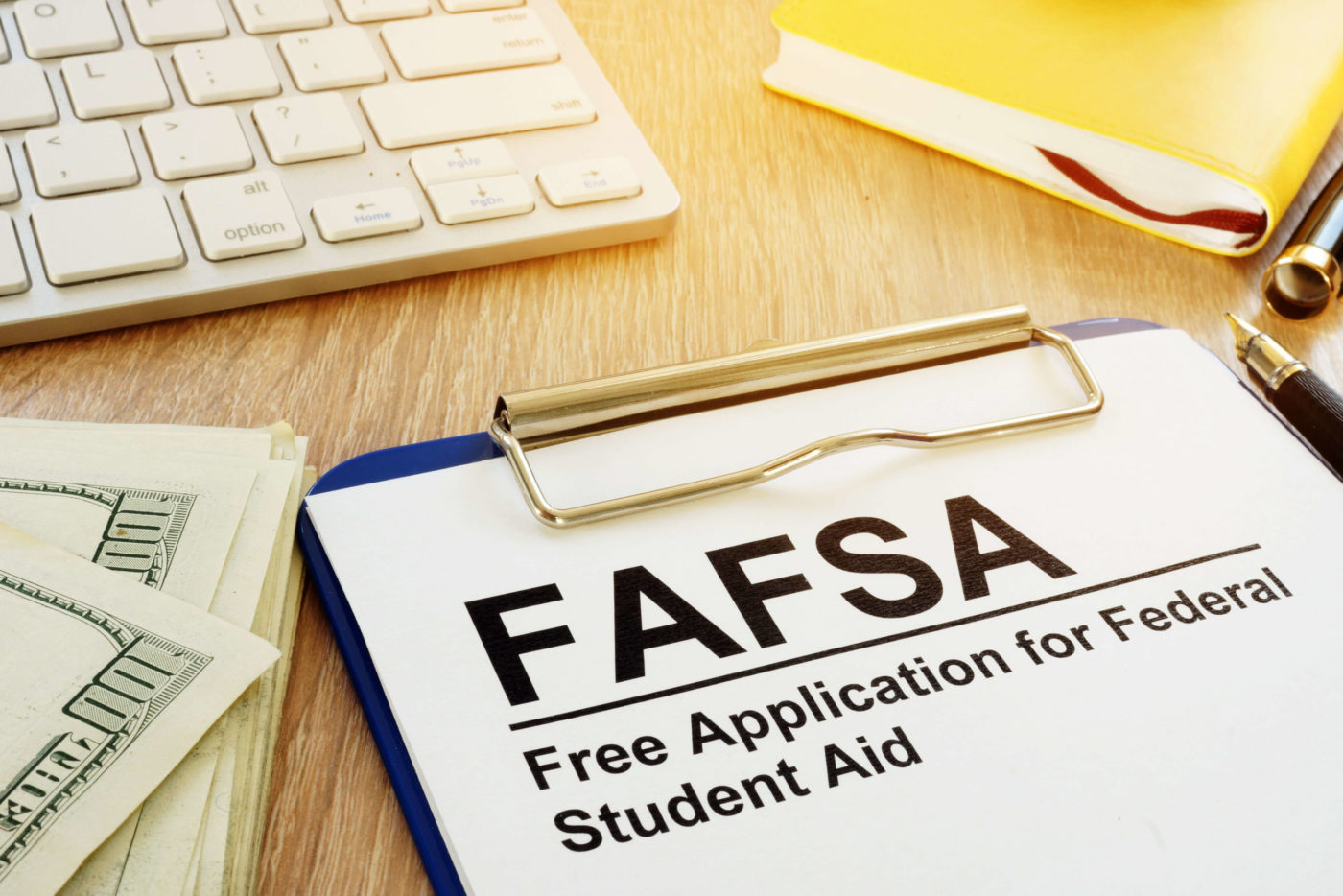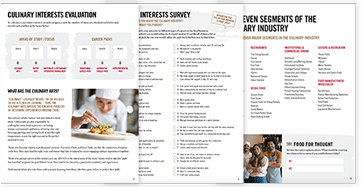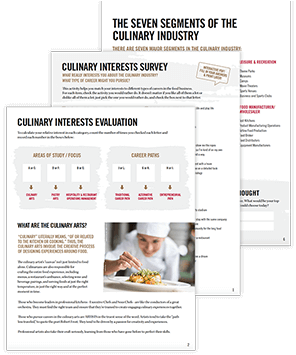The culinary college search process is exciting! With so many different opportunities out there, you’ll be sure to find a program that lines up with your passions and career goals.
Financial planning for school on the other hand can be a bit overwhelming. It may be hard to know where to start. But don’t be discouraged—there are many resources available to you.
And, financial aid is not just for 4-year colleges! There are many options available for 2-year programs such as culinary school, too.
Subsidized vs. Unsubsidized Loans
There are two main types of direct loans (also called Stafford Loans or Direct Stafford Loans) available through the federal government’s student loan program: Subsidized and unsubsidized.
Subsidized Loans
Subsidized loans are loans in which the U.S. Department of Education pays (or subsidizes) the interest while you are enrolled, at minimum half-time status, in an undergraduate program, and for the 6 months following the conclusion of the academic program. You, the student loan borrower, are responsible for paying back the principal amount of the loan and any interest that accrues after the 6 month grace period — or 6 months after ceasing to maintain a half-time status as a student. Subsidized loans are available to students that demonstrate financial need.
Unsubsidized Loans
Students who are unable to demonstrate financial need may consider utilizing an unsubsidized loan. These loans are low interest options that are available to undergraduate and graduate students. It is the responsibility of the student loan borrower to pay back the interest on unsubsidized loans, in addition to the principal amount.
Federal Direct loans through the U.S. Department of Education, whether subsidized or unsubsidized, offer several key benefits for students including low fixed interest rates and more flexible payment options. Plus, you don’t need a credit check or a cosigner to obtain most federal student loans. The U.S. Department of Education lists the current year’s interest rates.
How Do I Know Which Type of Loan I am Eligible For?
Basic eligibility requirements for federal student aid are outlined on the U.S. Department of Education’s website. To find out the specific types of loans that you are eligible for based on financial need, you’ll have to fill out the FAFSA—a Free Application for Federal Student Aid. Follow this link to get started by creating an account called the FSAID.

The FAFSA application may seem intimidating, but when you break it down, it’s not as scary as it seems. Filling out the FAFSA is completely free and doesn’t require any commitment to attend school or to borrow money. You have nothing to lose by filling it out!
To get started filling out the FAFSA, you’ll need your tax information, as well as your parents’ tax information if you’re a dependent.
How Much Can I Borrow?
How much you can borrow through the federal student aid program depends on the type of loan. With direct student loans, the maximum amount you can borrow as an undergraduate student is $12,500 per year, and only up to $5,500 of that amount may be subsidized. However, the maximum amount may be lower than that based on factors such as what year you are in school and your dependency status. The U.S Department of Education outlines in detail the annual and aggregate limits for subsidized and unsubsidized loans.
You can choose to apply for additional loans to cover the remainder of your culinary college’s tuition or a portion of it. That amount will also depend on the type of loan. For example, the maximum amount that your parent(s) can borrow on your behalf through a PLUS loan is determined by the cost of attendance, minus the amount of financial aid you’re already receiving through other loans.
The Essential Culinary Career Survey
The Essential Culinary Career Survey
What's your ideal culinary career: Fine dining? Your own restaurant? Pastry? Get our self-evaluation survey to find out!

We’ve compiled a checklist of all of the essential questions into one handy guide: career options, culinary interest surveys, educational opportunities, and more.


Other Types of Loans Available
Federal PLUS Loans
As mentioned above, Direct PLUS loans (Parent Loan for Undergraduate Students) are another Federal Direct loan option. While these are still considered a direct loan, they differ from the subsidized and unsubsidized student loans described above because one or both parents of the student take out this type of loan to help finance their child’s education, rather than the students themselves.
PLUS loans have a relatively low fixed interest rate and are not subsidized. They also require a credit check, and the applicant must not have an adverse credit history to receive this type of loan.

Private Loans
Private loans are any loans in which another entity other than the federal government is the lender. This usually involves taking out a loan from a bank or credit union. Private loans typically have much higher interest rates than federal loans. They also don’t have the same protections that federal loans do, such as the option to defer payment until after you are done with culinary school or the ability to consolidate your loans.
Brief Overview of Types of Student Loans
Federal Student Loans
- Loans in which the U.S. Department of Education is your lender
- Low fixed interest rate:
- Subsidized – student loan borrower repays principal amount, government covers accrued interest
- Unsubsidized – student loan borrower is responsible for repaying the principal amount plus any accrued interest
- Federal PLUS Loans – parent(s) of a student is responsible for repaying the principal amount plus any accrued interest
Private Student Loans
- Loans in which an entity other than the federal government is your lender (i.e. bank or credit union)
- Higher interest rate
Don’t let money be the reason holding you back from a culinary education! In addition to loans, there are grants and scholarship opportunities available that may help finance your education.
If you’re interested in attending culinary school, contact a financial advisor at Auguste Escoffier School of Culinary Arts who can help you understand the options available to you.
Other articles about culinary school financial planning that you may be interested in:

